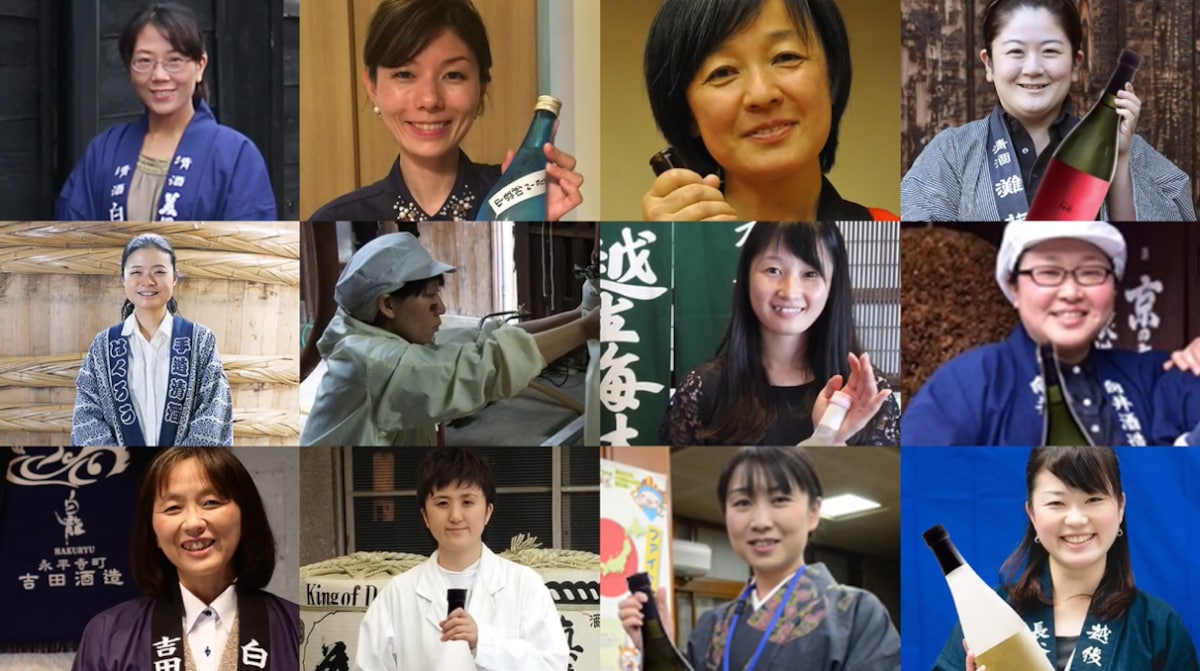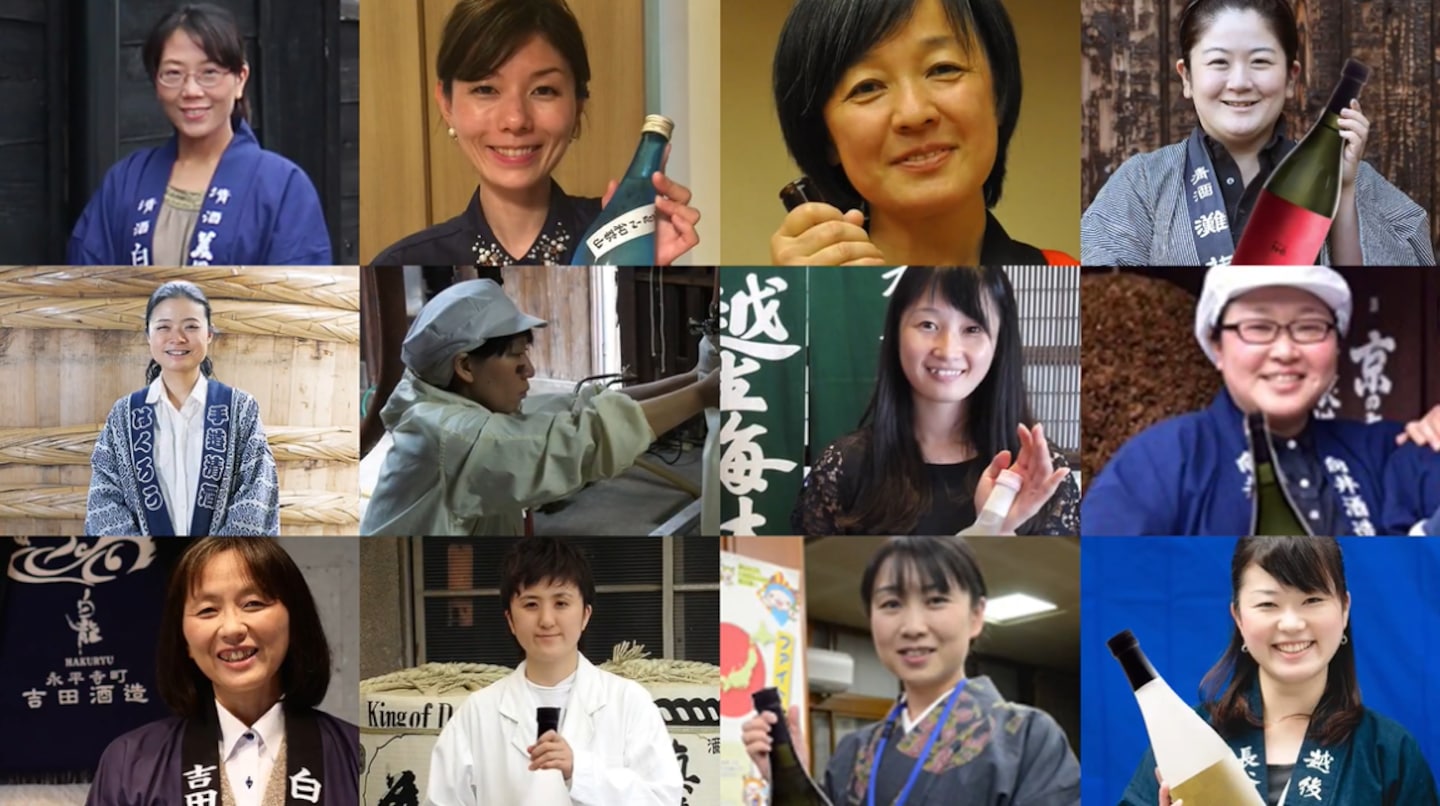12 Female Sake Brewers Concoct a Bold Project
The vast majority of the country’s sake breweries, or shuzo, as they’re called in Japanese, are run by men. It’s estimated that in all of Japan, only about 45 sake breweries have a female owner or head brewer. However, a group of them has banded together with a special project to raise awareness of their brands.
By SoraNews24https://www.youtube.com/watch?v=4F-rGuISBms
Japanese crowdfunding site Makuake is currently taking pledges for a series of 12 types of sake made by female brewers, who are collectively calling themselves the Kurajo.

https://www.youtube.com/watch?v=4F-rGuISBms
Each of the 12 breweries, some of which have histories stretching back more than a century, is contributing one specially prepared variety, simply called No. 1 through No. 12.

https://www.makuake.com/project/kurajo/
The breweries taking part in the project are:
● Watanabe Shuzo (Gifu Prefecture)
● Yoshida Shuzo (Fukui Prefecture)
● Kinginka Shuzo (Aichi Prefecture)
● Sawada Shuzo (Aichi)
● Terada Shuzo (Shimane Prefecture)
● Mukai Shuzo (Kyoto Prefecture)
● Nadagiku Shuzo (Ishikawa Prefecture)
● Moriki Shuzo (Mie Prefecture)
● Tabata Shuzo (Wakayama Prefecture)
● Sato Shuzo (Saitama Prefecture)
● Hirai Shoten (Shiga Prefecture)

https://www.makuake.com/project/kurajo/
Each brew in the set is a dry sake, and in keeping with its theme of “These are the kind of men we want to drink our sake,” the backside of each label contains an illustration and description of a stylish gentleman.
The crowdfunding campaign has already blown past its goal of ¥1,200,000 (US$240,000), but with more than a month left to go, backers can still obtain a 720-milliliter (24.3-ounce) bottle of the sake of their choice for ¥5,500 (US$51), a not-exorbitant price for high-quality sake. Stepping up to a ¥9,000 (US$84) pledge gets you two bottles plus an invitation to an “opening party” in Kyoto in April. If those sound like the sort of drinking and/or travel plans you’d like to make, you can find the project’s Makuake page here.
Related Stories:
What does “Konnichiwa” really mean? Understanding Japanese greetings
Professional manga artist shows how to improve drawing skills in series of two-minute video clips
Japanese mother finds long-lost childhood cookie recipe, proceeds to bake her heart out




